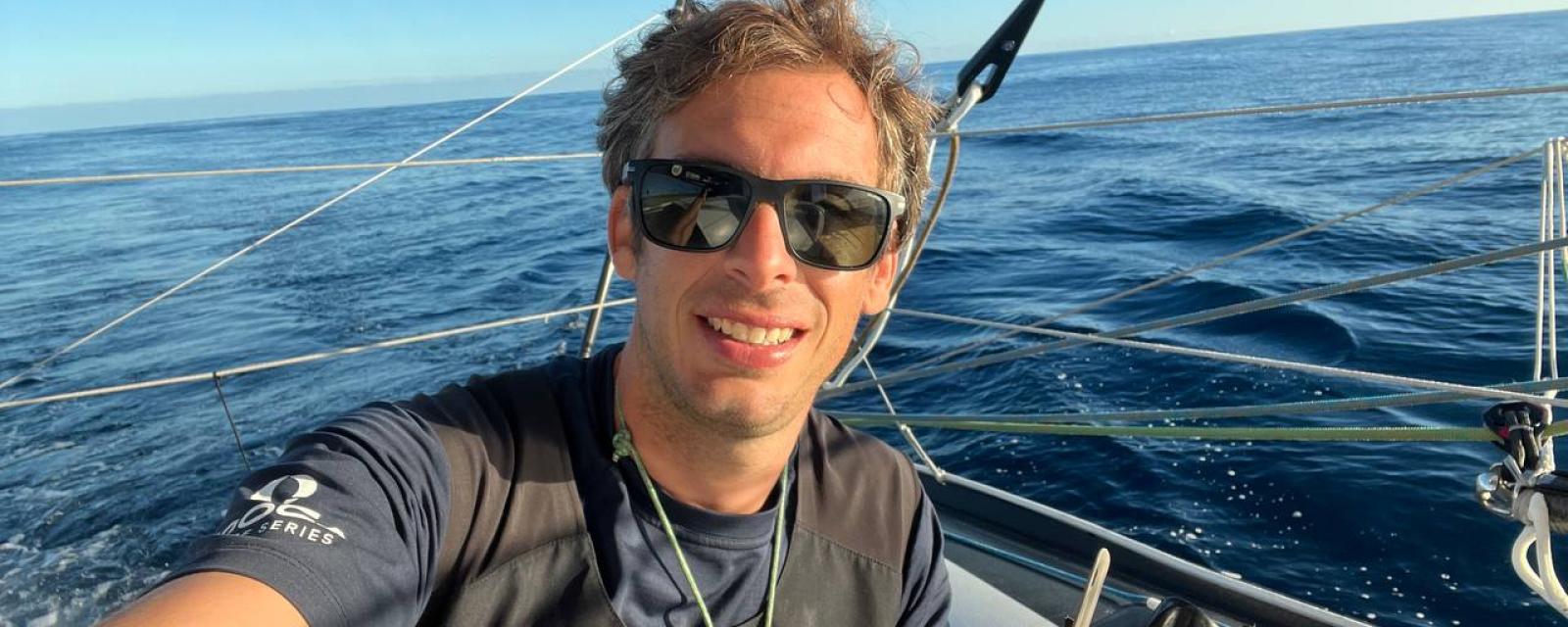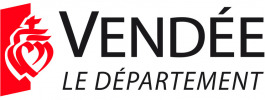
Fast Ferré Gliding North With Race Lead
- Share
Racing about 110 miles SW of Ireland’s Fastnet rock, trying to escape zone of light winds caused by a ridge of high pressure, on the second morning of the Vendée Arctique Les Sables d’Olonne race, it is IMOCA rookie Benjamin Ferré who is credited with the race lead thanks to his position to the east and north of the main pack.
Whilst the small posse of pre-race title favourites on their fast, foiling IMCOA’s are most west, seeking to break into the new SW’ly breeze first and start their sleigh ride north to Iceland, it is the 31 year old former Mini 650 Class racer Ferré (Monnoyeur-Duo For A Job) who has a seven miles lead on his fast, well optimised daggerboard boat which won the 2012 Vendée Globe as Macif and 2016 Route du Rhum as SMA.
The second night at sea for the 24 solo skippers has been slow but intense. Knowing that a new breeze awaits them later today when they finally break free of this wide calm zone, the racers have been working hard to gain every mile towards the exit. Of the westerly gang – now 70 miles SW of Ferré – Charlie Dalin (Apivia) is still best positioned of his rivals but was making less than three knots boatspeed. Jérémie Beyou (Charal) is almost alongside Thomas Ruyant (LinkedOut) whilst Louis Burton’s Bureau Vallée is proving sticky in these slow conditions. For them the exit into the new SW’ly breeze should come early afternoon when they should start to profit against the non-foilers in the east.
Fabrice Amedeo (Nexans Art et Fenêtres): “I don’t have much wind, maybe 8 knots of wind, the sea is calm and flat with beautiful light. This feels good. The strategy for crossing the ridge is to see what the axis of the ridge is and to try to sail perpendicular to that to get out of it as quickly as possible. I'm thinking we will get out about midday but I think it will be a little later than that, this area looks complicated to cross. After that we are into a depression which will bring us sustained downwind conditions. The gaps are closing up but that’s always the same. The leaders get in first and are likely to get out first. I took advantage of the quiet winds and seas to fix my autopilot and now it is good in the light stuff and flat seas but it was losing the place a bit in the winds and seas. We fitted a new system last winter and there are still adjustments to be made. I'm still learning a lot of things on the boat but I'm making progress."
Jérémie Beyou (Charal): “We chose our entry point (into the ridge) and now we have to exit perpendicular to the axis of the ridge. It is not easy to know how the wind will turn, we chose the entry point before the start and so mow we see if it still is good. It can can create big gaps if it shifts to the east for those behind me. I hope to get out tonight, maybe tomorrow morning. We are stuck with the other three. We are in sight of each other and that gives us benchmarks even if in the soft stuff. There are to or three things of boatwork to do and some electronic wiring had come unplugged in the fast going on the first night.”



